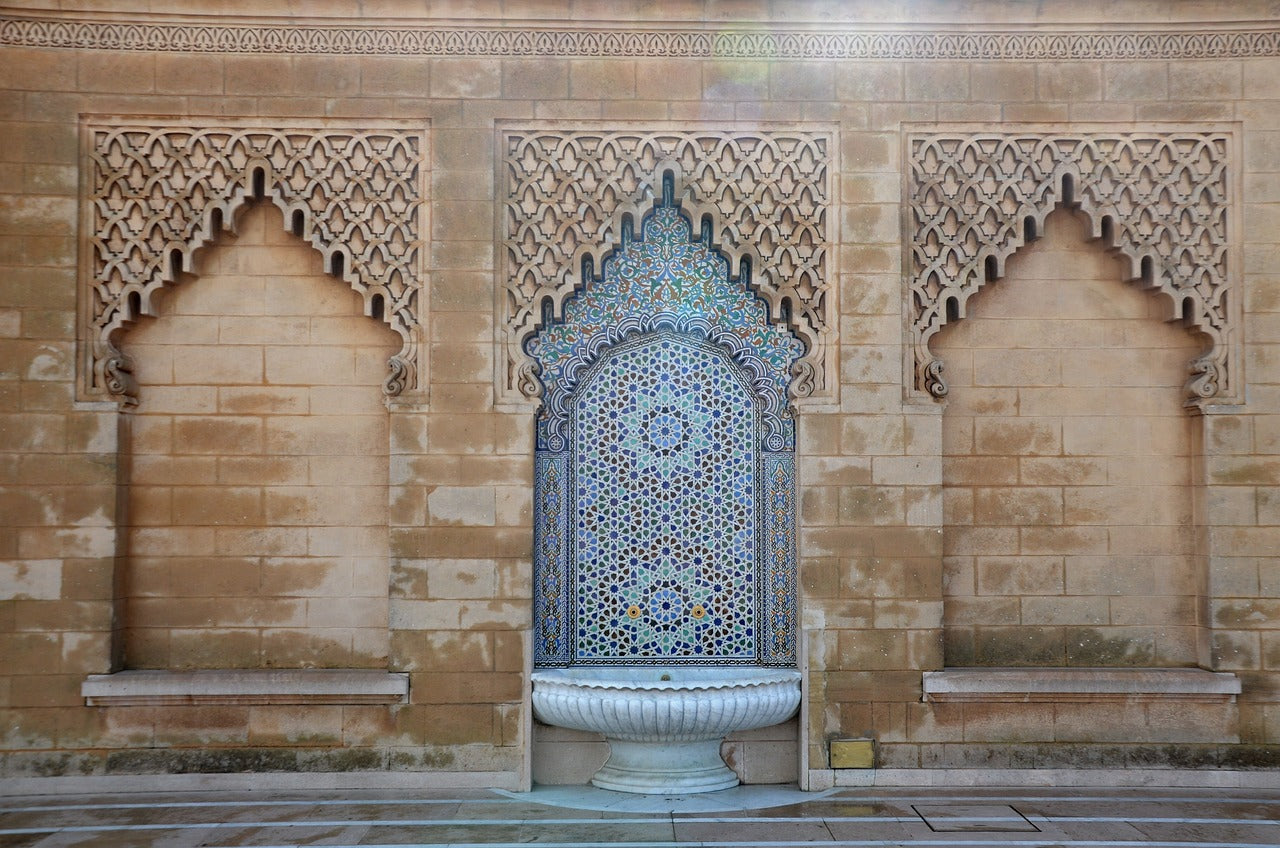Calligraphy holds a special place in Islamic art, serving as both a spiritual and artistic expression. It’s not just beautiful to look at; it carries rich meanings and deep cultural significance. The intricate designs often incorporate verses from the Quran, famous Arabic proverbs, or other significant spiritual texts. This makes each piece of calligraphic art a meaningful addition to any space.
Understanding these calligraphic works helps us appreciate their depth and beauty even more. Each swirl and curve has a purpose, telling a story or conveying a powerful message. The art form is more than just decoration; it’s a way to connect with history and spirituality.
As you learn more about Arabic calligraphy, you’ll find it easier to integrate these beautiful pieces into your home decor. Whether you have a modern or traditional space, calligraphic art can enhance its beauty while adding a layer of cultural richness.
The Importance of Calligraphy in Islamic Art
Calligraphy holds a special place in Islamic art. It's not just about writing words; it's about creating beautiful and meaningful designs. Many believe that calligraphy is a way to show respect for the words from the Quran. It turns holy messages into stunning visual art. The intricate designs and careful strokes also reflect the artist’s devotion and skill. This form of art has been deeply influenced by the Islamic culture and its emphasis on decorum and beauty.
When you see calligraphy in Islamic art, you are witnessing a deep tradition that dates back centuries. The art form has been preserved through generations. It's seen in many places, from mosques and palaces to homes and books. Calligraphy often decorates important buildings to inspire people and remind them of their faith. By placing calligraphic art in modern homes, we are connecting with a rich history and bringing a touch of elegance to our everyday lives.
Common Phrases and Their Meanings in Arabic Calligraphy
Arabic calligraphy often features phrases from the Quran or other important Islamic texts. These phrases carry significant meanings that add depth to the art. One common phrase is “Bismillah,” which means “In the name of Allah.” It’s often used to start various tasks and symbolizes the importance of beginning with God's name. When used in art, it serves as a gentle reminder to keep faith at the center of our lives.
Another popular phrase is “Alhamdulillah,” meaning “Praise be to Allah.” This expression shows gratitude and is often found in homes as a sign of thankfulness. “Subhanallah,” meaning “Glory be to Allah,” is another phrase seen in many pieces of decor. It highlights the beauty and glory of God, making it a profound addition to any space.
Understanding these phrases can help you choose the right pieces for your home. They not only add beauty but also bring a sense of peace and reverence. When selecting Islamic calligraphy art, knowing the meanings can make your choices more personal and meaningful.
Different Styles of Arabic Calligraphy Used in Islamic Decor
Arabic calligraphy comes in several styles, each with unique features. One popular style is "Kufic." It's known for its bold, angular letters and is often used in architectural decorations. This style gives a sense of stability and structure, making it perfect for adding a timeless touch to your home.
Another common style is "Naskh." This script is more fluid and rounded, often found in printed texts and books. It’s easier to read, which makes it ideal for longer passages of text. "Thuluth" is also widely used, famous for its elegant and curved letters. This style is often seen in mosques and high-end decor pieces because of its grand and sophisticated appearance. By understanding these styles, you can choose the right form of calligraphy that best complements your space.
Tips for Selecting Arabic Calligraphy Pieces for Your Home
Selecting the right calligraphy pieces for your home can be both exciting and challenging. First, think about the space where you want to place the art. Large pieces with bold styles like Kufic are great for living rooms or entryways. Smaller, intricate styles like Naskh work well in more intimate spaces like bedrooms or study areas.
Consider the colors and materials used in the piece. Stainless steel calligraphy art can add a modern touch, while traditional ink on paper offers a classic feel. Make sure the colors complement your current decor. Additionally, choose phrases that resonate with you personally. Understanding the meaning behind the calligraphy will make the art even more special and significant in your home. Take your time to explore different options and find pieces that truly speak to you.
Final Thoughts
Blending Islamic art, especially Arabic calligraphy, into modern home design can transform your space into a sanctuary of beauty and meaning. From understanding the importance of calligraphy to choosing the right phrases and styles, each step is a journey that connects us with a rich cultural heritage. Different styles like Kufic, Naskh, and Thuluth provide various options to suit any aesthetic and room in your home.
Each calligraphy piece you choose adds a layer of significance and elegance to your surroundings. These artworks do more than just decorate; they offer a sense of peace, spirituality, and personal connection. As you carefully select and place these pieces in your home, you create a space that is uniquely yours and deeply rooted in tradition.
To explore more options and find the perfect Arabic calligraphy art for your home, visit Modern Wall Art® for a wide range of beautiful and meaningful pieces. Enhance your living space with stunning Islamic art that truly speaks to your heart.
